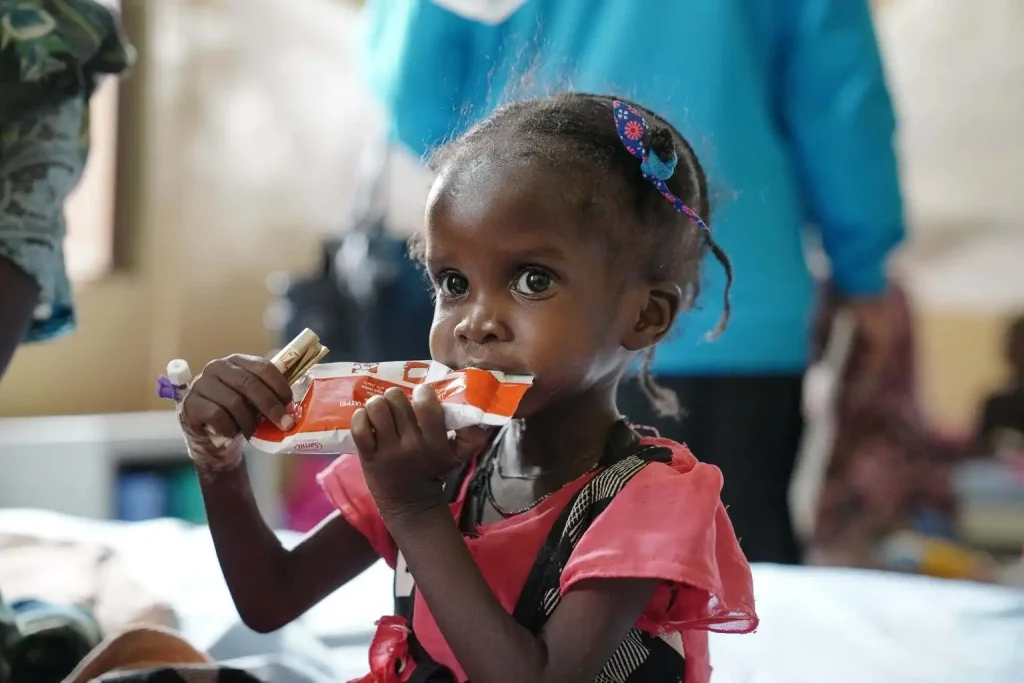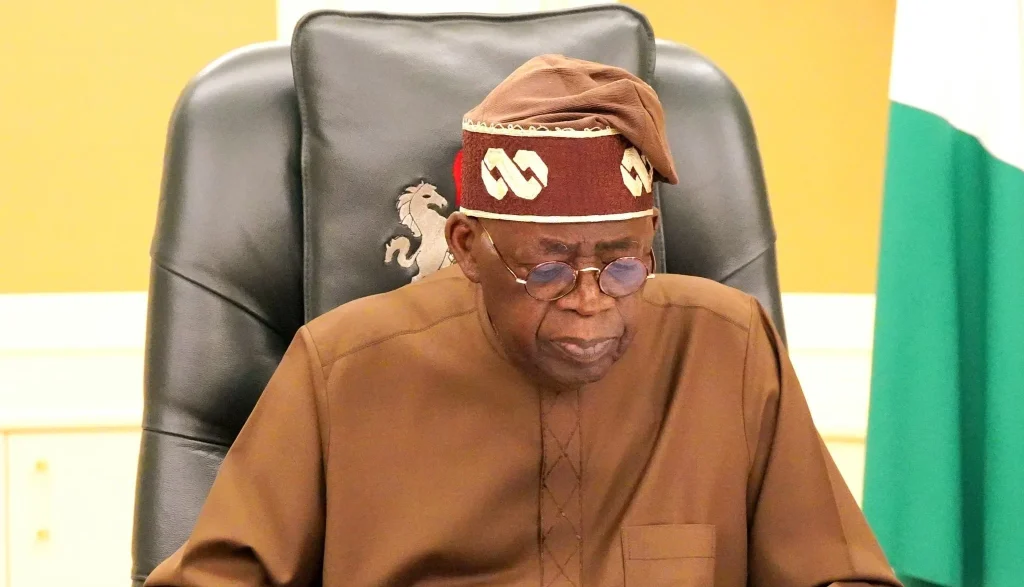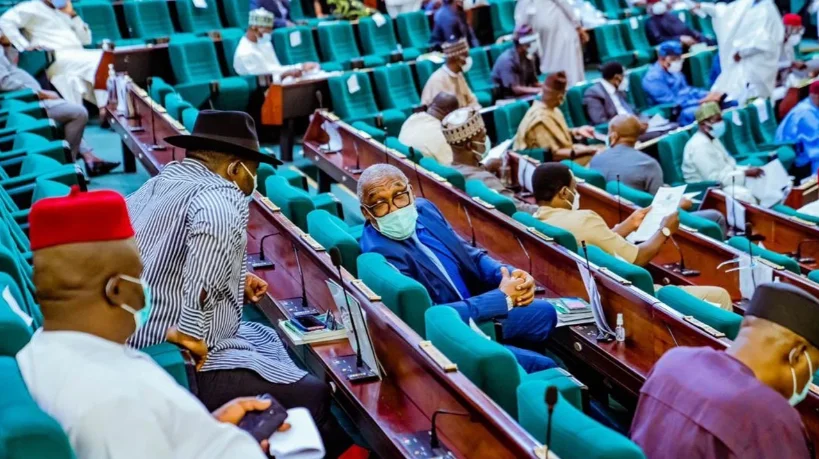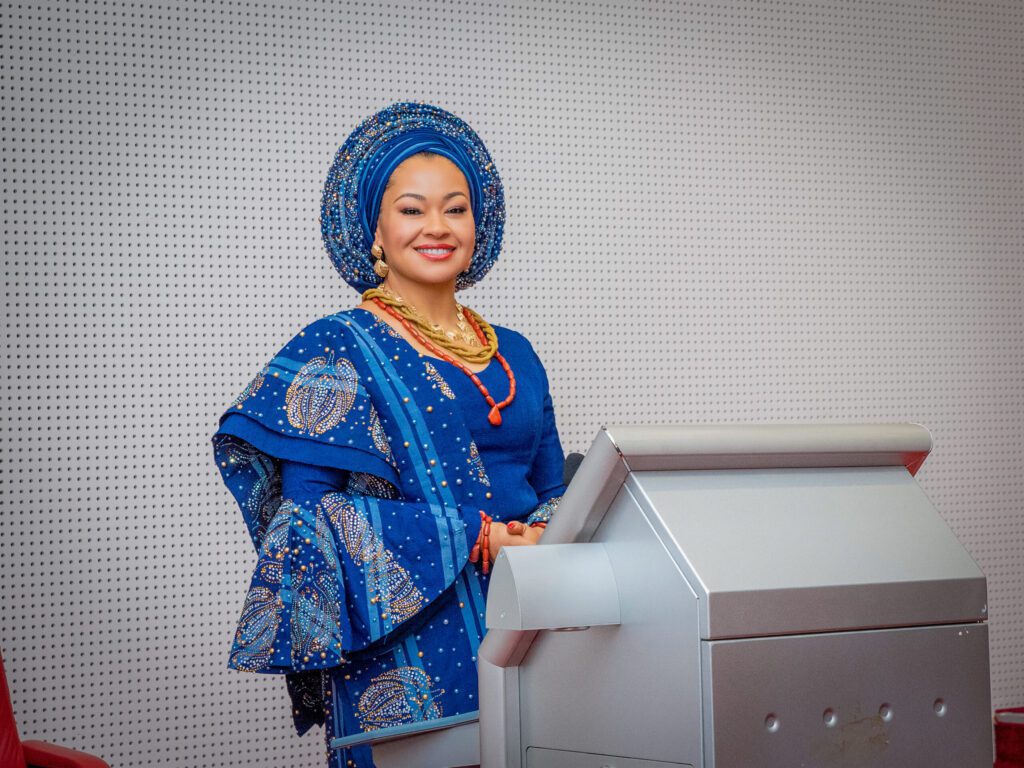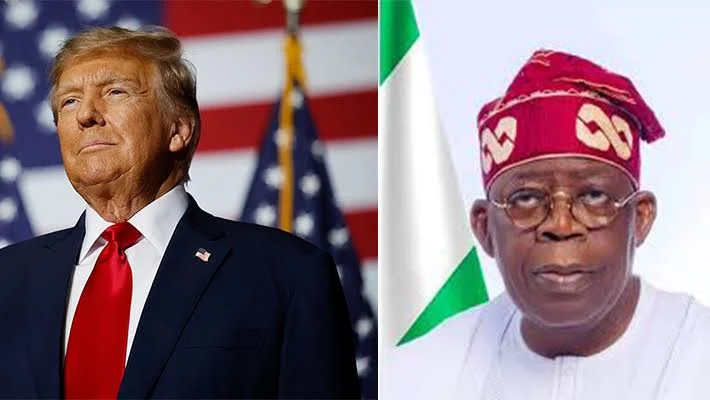Africa stands at the crossroads of a deepening nutrition emergency, and Nigeria sits right at its epicenter. The numbers are stark and sobering: 40 percent of Nigerian children under the age of five are stunted, and more than 17 million people face chronic food insecurity, according to UNICEF and FAO data from 2023. Yet beyond the headlines and statistical charts lies a deeper problem—one that food supply alone cannot fix.
Children aren’t just going hungry—they’re suffering in silence, hidden by poverty, isolation, and a pervasive lack of awareness. In Nigeria, 47 percent of children grow up in income-poor households, and 67 percent live in multidimensional poverty. From the very beginning, many children are disadvantaged. But what continues to receive little attention is the one force that could tip the scale in their favor: strategic communication.
Why Communication Is More Than Messaging
In the fight against malnutrition, food availability and affordability are often the main focus. But without informed caregivers, supportive communities, and behavior-driven interventions, even the most well-funded food programs will underdeliver. Here’s where communication plays an irreplaceable role—not as an afterthought, but as a central pillar of any successful nutrition strategy.
Effective nutrition communication educates caregivers about the importance of dietary diversity, helps communities understand why early breastfeeding matters, and challenges harmful cultural taboos—like the belief that colostrum is dirty or that children should only eat pap. In fact, many mothers discard this first breast milk due to myths or even misinformation from under-trained health workers, thereby depriving babies of essential antibodies.
In Tanzania, for instance, recent social shifts have led to many women feeling ashamed to breastfeed in public, a dangerous trend that threatens child health. A comprehensive 2025 study by Koray et al. examined exclusive breastfeeding (EBF) rates across 25 sub-Saharan countries. It found Burundi and Rwanda leading with 83% and 79% EBF rates respectively, while Gabon and Guinea trailed at 19% and 25%. Crucially, the study linked successful EBF campaigns to early antenatal care, community support, and access to culturally relevant health messaging.
When Messaging Fails: The Case of Mozambique
Communication isn’t just about sending messages—it’s about ensuring the right people hear them, in the right language, through the right channels. A perfect example of what happens when communication is sidelined is Mozambique during Cyclone Idai in 2019. With over 40 local languages spoken and low fluency in Portuguese, many aid recipients couldn’t understand official warnings or health instructions. Despite massive aid coordination efforts, the language barrier undermined response effectiveness, exposing a critical flaw in disaster and nutrition outreach efforts.
Nigeria, where over 500 languages are spoken (Lewis et al., 2015), faces similar risks. When communication doesn’t speak directly to people—in their language, via platforms they trust—interventions fall flat.
What Does Effective Nutrition Communication Really Look Like?
To change behaviors, nutrition messaging must be deliberate, strategic, and well-funded. According to communication expert Colle, this means planning from day one—not tagging communication on at the final stage. Every nutrition program should incorporate communication needs into its initial design, fully integrate messaging into the core strategy, and allocate adequate funding.
Currently, many programs spend less than 3 percent of their total budget on communication. Some experts recommend dedicating at least 10 percent, others suggest a minimum of 1 percent. But in all cases, underfunding communication undermines success. Indonesia’s government recognized this and launched a National Nutrition Communication Campaign, which successfully changed infant feeding practices and boosted community awareness.
Who Should Be Driving Nigeria’s Nutrition Messaging?
For communication to drive nutrition outcomes, Nigeria needs a coordinated, multi-sectoral approach led by both federal and local institutions. Here’s what a robust communication system should involve:
-
Federal Ministry of Information and National Orientation working alongside the Ministry of Health and Social Welfare to lead national strategy and design.
-
State Ministries of Health, local nutrition officers, and the National Orientation Agency (NOA) translating and executing strategies at the grassroots.
-
Community-based partners—faith-based organizations, women’s associations, traditional and religious leaders—lending credibility and local trust to messaging.
-
Nutrition-focused NGOs and CSOs such as Alive & Thrive, UNICEF, MSF, the Nutrition Society of Nigeria, and CS-SUNN—to co-create evidence-based messages that reflect current realities.
This approach must be backed by a task force involving the Ministries of Health, Education, Agriculture, and Information, as well as ALGON, the Nigeria Governors’ Forum, NOA, the Nigerian Communications Commission, and local media networks. This structure ensures state-level ownership, community engagement, and effective channel management.
Speak the People’s Language—Literally
In a country as linguistically diverse as Nigeria, language is not just a communication tool—it’s a barrier or a bridge. Without clear messaging in people’s first languages, policies risk being misunderstood or ignored.
Therefore, nutrition programs must:
-
Translate core messages into at least 10 major Nigerian languages.
-
Use community radio, which reaches rural populations in their mother tongues.
-
Train local communicators to co-develop content using familiar idioms and cultural references.
In short, feeding minds must come before feeding stomachs. Behavior change only happens when people understand, believe, and act—and that starts with clear, culturally relevant, and consistent communication.
Food Costs Matter, But So Does Knowledge
Yes, the cost of food in Nigeria is prohibitively high. Inflation has made staples like rice, garri, and beans unaffordable for millions. But even within constrained budgets, informed choices can make a difference. Households can adopt more balanced diets, practice better hygiene, and preserve nutrition with basic tips—but only if they know how.
To fix Nigeria’s nutrition crisis, we need more than policies and food aid. We need a national conversation shift—one that speaks in local dialects, leverages trusted voices, and brings nutrition knowledge to every household.

